Understanding Weed Potency – Because Not All Buds Are Equal
You’re holding a joint. The label says “30% THC.” But… is it lying?
Weed potency isn’t just marketing fluff. It’s the measure of Tetrahydrocannabinol (THC), the compound that makes your brain float like a messed-up lyrics cloud. But here’s the kicker: labels often don’t match what’s in the bag.
What Even Is THC?
THC stands for tetrahydrocannabinol – the stuff in weed that makes you hungry, giggly, or accidentally rewatch That ’70s Show for 4 hours straight.
“Think of it like this,” says an article from the Washington State Liquor and Cannabis Board. “It’s the gas pedal for your high. The higher the percentage, the harder you’ll ‘accelerate.’”
Average THC Levels in 2025 Are Not Your Old Stone Cold Stunner
Back in the ’90s? Flower had about 5% THC. Now, 15-20% is average. Concentrates like wax, rosin, and shatter often sit at 60-90% – if you take a dab, prepare for warp speed.
A 2022 Harvard Public Health article notes: states like Washington don’t cap flower potency but equally limit edibles to 10mg of THC per serving. Ever seen someone try eating half a gummy? That‘s the point.
Historical Crash Course (No Jimi Hendrix References Needed)
Some say the weed we’ve got now is like comparing Wonder Bread to artisan sourdough. In 1995, the average joint had about 4% THC. By 2021? Research from NIDA’s Potency Monitoring Program shows that average spiked to 15.34% – yeah, that’s over triple.
| Year | No. of Sampletested | THC % | CBD % |
|---|---|---|---|
| 1995 | 3,763 | 3.96% | 0.28% |
| 2021 | 310 | 15.34% | 0.38% |
| 2022 (WA) | ? | 15–35% flower | 60–90% concentrates |
Here’s what’s wild: in the ’60s, weed averaged 0.3-4% – most users smoked what looked like grass clippings. Today’s bud is grown to win competitions. Should you be impressed?
Reality Check: Labels Lie Like A Dog Hiding Your Socks
Clean labels are the IKEA of weed. If they’re unclear, you’re assembling the whole thing blindfolded and regretting it.
A recent study in Washington State found that 48% of cannabis flower products misled consumers on THC levels. Some claimed 25%, but tested 14%. Others? Well, they didn’t even try.
The Unregulated Black Market’s Problem: Trust No Vape Cartridge
Legal or not, cannabis products are only as good as the lab that tested them.
Dr. Elizabeth Stuyt, addiction psychiatrist and full-time cannabis realness explainer, says: “Today’s flower and oils are not the chill granola you remember. They’re like Olympic athletes – trained to be high performing. That means higher risk, too.”
Kids see concentrates marketed like thermal paste, edible gummies that mimic real Skittles… and suddenly, trust is an endangered species.
Why Do Labels Mislead?
Three words: profit, supply chains, and, let’s be honest, bad quality control.
Stores want your attention with bomb numbers. Concentrate producers have stricter caps and more standardized testing. That’s why concentrates, oils, and hash usually have labels that match the product inside (96% accuracy), per Washington State data.
Flower? Not so much. Some retailers bought in bulk from sketchy grows that overestimate potency… and boom, your “super strain” feels more like regular stress.
High Potency = Heavy/Human Side Effects
Is Your Weed Making You Sick (and Not In the “I Love This High” Way)?
High potency weed doesn’t just make you paranoid. It can trigger psychosis in folks with a predisposition, according to a 2024 Yale School of Medicine report. Daily users? FIVE times more likely to experience mental breakdowns than light users.
Concentrates hit harder, too. There’s an individuality factor, sure – no two brain chemistries are the same – but 90% THC oils can take even your high school coach to the carpet.
‘Greening out’ is No Day at the Beach
Edibles and concentrates can lead to “greening out” – a term you hope you never hear directly about someone. It’s when nausea, rapid heart racing, and swapping the floor for a friend’s back all happen at once.
“Start low. Go slow,” says Connecticut’s Be In The Know. A bite of gummy today works like a trust-fund loan: 30 minutes to “midterms” and 12 hours to “due payment.”
Link: edibles that aren’t tested might give you way more than a mellow buzz. That 100mg brownie (soaked in unknown THC levels)? One bite might ruin your Monday morning.
Raise the Reg Standard, Because Otherwise – It’s All Trial By Gumption
How Regulation Could Fix This (But the Situation is Still Fluid)
Over in Canada? Laws limit edibles to no more than 10 milligrams per serving. That’s about 1/10th of a Lindt Chocolate Coconut Bar’s research budget – in simplicity, the consumer can see if they’re buying a nap or a hospital stay. Washington’s strategy: NAS available potency guidelines.
Rescheduling Moves, But It’s Not Candyland Yet
The feds are reconsidering – Biden’s administration is pushing to reclassify cannabis under the Controlled Substances Act. That could mean more research opportunities (finally?), and the option for federal rules regarding accurate THC potency across state lines.
| United States | Canada | |
|---|---|---|
| Weed flower potency | 15-35% (unregulated) | 10-25% (licensed, capped) |
| Concentrate max | Unregulated | Max concentration (topicals capped at 60-100mg/gm) |
| Edible per serving | 10mg | 10mg |
Wait – if Canada can do it, why the chaotic vibe across 30+ U.S. pot shops? Marketing (“25% Cap Equals Love!”) or bureaucratic interstates? The answer involves Transform’s regulatory analysis and the complication of “state-by-state dissent.”
Testing Your Weed? Because “Trust” isn’t Enough
You came here to test the efficacy, not just the label.
Folks who rolled papers for years might think; “Why the lab test? It’s just a joint.” Because your “OG Kush” today might be the “functional” stress ball that makes you want to live under your car. Let’s talk options.
Lab Test – Not Magic, Just Reality
Third-party labs like Steep Hill or CW Analytical offer robust testing. Flower, edibles, and oils all sent to the principal’s office. You get cannabinoids, mycotoxins, and whether that wax is melting your health or just your mood.
Why do some stores sell strains with no test results? Unregulated sales in certain states still allow “Trust fellas & floating numbers.”
Recognize Risk
A golden rule: if something is priced too cheaply? Looked too boutique? Labeled “strain name + power emoji”? It might be misrepresented.
“If I saw an edible shaped like a Flamin’ Hot Cheetos bag at a bodega,” a doctor told Be In The Know CT, “I’d assume its potency was a guessing game.” That’s paranoia-level caution for you.
Know the Risks. It’s Not 1995.
High – Potency – When The Good Vs. The Weariness
Let’s get honest: high-THC strains aren’t always the villain. Some symptoms require 25% potency to see any relief. Migraines that eat brain tissue or nerve pain that wraps around your ribs like barbed wire? Yep.
But addiction narratives rose, too. Stuyt’s research points out that daily use impacts focus, disrupts your brain’s serotonin cocktail, and can even cause cortisoled insomnia for weeks.
Balancing this side: if you’re growing tolerance, you might not even notice the difference between 25% and 70%. Unless you overdo it, and suddenly realize you’re hallucinating about your laundry needing armrests.
Your Social Responsibility with Strong Weed
See this strain tested at 30%? Cool.
Know your own baseline? Even better.
Indulge properly? Make sure.
The Healing Clinics advise cautious self-experimentation over “feral take a hit” habits with powerful stuff. Know the peaks before descending into a psychoactive canyon.
Final Thoughts – Knowledge > Guesswork, Always
We’re not waving a red flag over cannabis. But it’s time for an overhaul of:
- Label accuracy (48% of flower? We can clarify).
- Consumer education (how many of us read a label before toking?)
- Method-based warnings (why overconsumption turns a chill evening into emergency medical razors.)
For the scientists, glyphosate concerns, and the human angle of “I just want to relax,” every slice of research, even ones that make you question your Friday wind-down gummies; does matter.
Staying informed isn’t about getting scared to smoke – it’s about knowing which clouds you can raft into and which ones will leave you hugging a toilet in the middle of the night. Weed strain? Sweet.
Unknown weed strain with no data? Don’t gamble. Click through to NIDA’s cannabis potency data and Washington’s guidelines (they even have a “Know the Dose” poster – super-useful visual).
Caps, consumer info, and clearer labels aren’t bureaucracy – they’re the difference between “laughed until sunrise” and “never touching kief oil again.”
So yeah – weed potency isn’t just a number. It’s logistics with intoxication. Questions? Hit the bottom. And if you aced the Southern Sunflower named “Sativa Sunsprint” at 28% without issue? Congrats, you’re the king or queen of balancing paradoxes. Now go educate a friend, because they might be chewing on testing myths too.

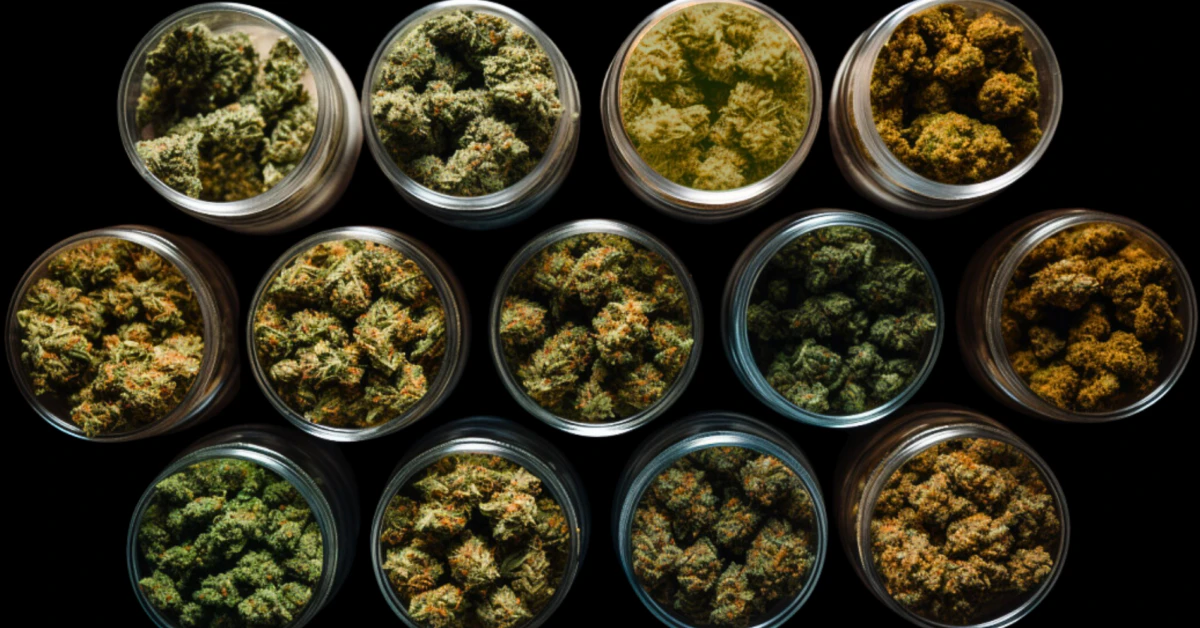






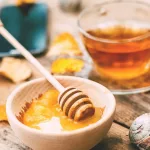
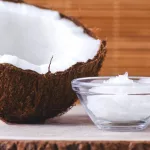
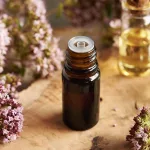
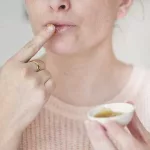



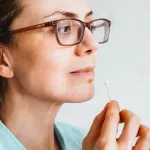

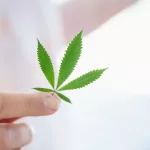
Leave a Reply
You must be logged in to post a comment.